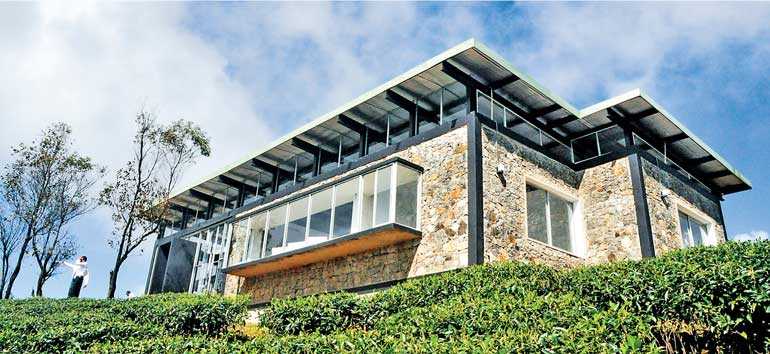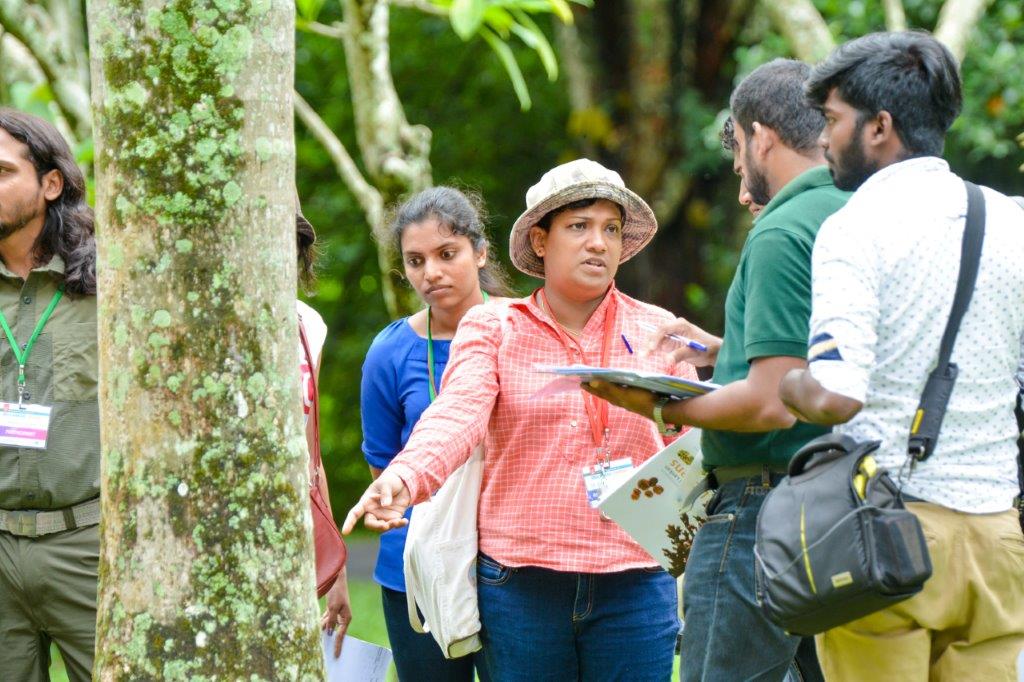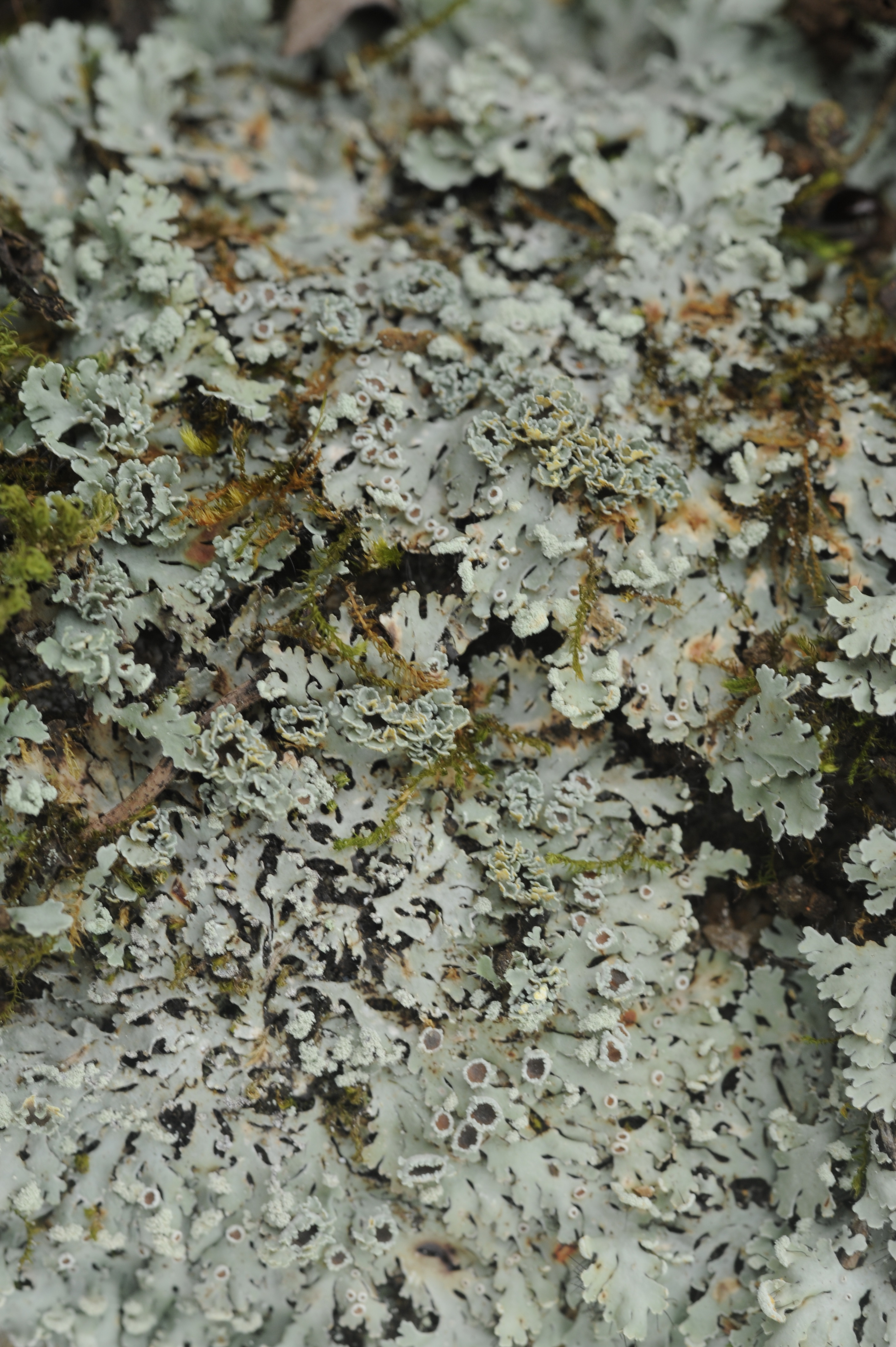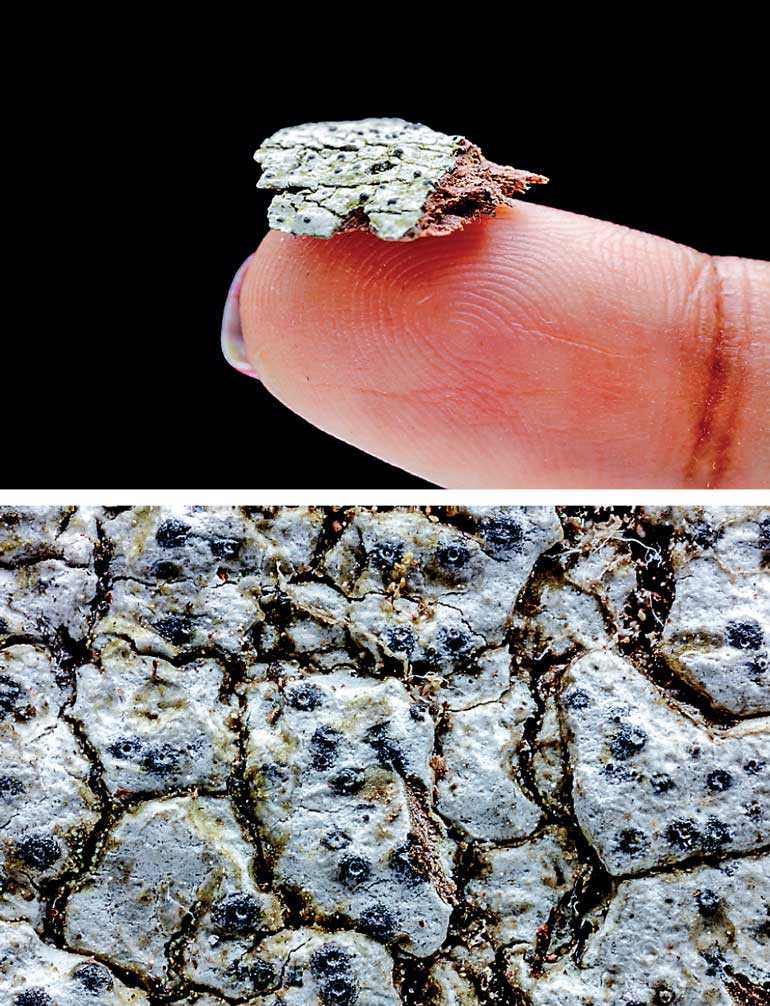A lichen species new to science was recently discovered in Sri Lanka and named Polymeridium fernandoi after the Founder of Dilmah Tea, Merrill J. Fernando.

Dilmah Founder Merrill J. Fernando
The discovery was made by Dr. Gothami Weerakoon (Senior Curator of Lichens and Slime Moulds at The Natural History Museum, London) and her research team in the Sinharaja Rainforest whilst conducting research under Dilmah Conservation’s ‘Novel Species Paving the Way for Biodiversity Conservation’ program in association with the National Geographic Society.
This is the second lichen species to be named in commemoration of the proactive and continual efforts taken by Dilmah Conservation to drive research and awareness on this greatly underappreciated and overlooked species in Sri Lanka.
In 2014, while conducting fieldwork at the high elevations of Dilmah’s Queensberry Estate, Dr. Weerakoon discovered another very special species of lichen – Heterodermia queesnberryi.

Dilmah Conservation’s ‘One Earth Centre for climate change research and adaptation’ at Queensberry Tea Estate

Dr. Gothami Weerakoon in the field
This lichen species is endemic to Sri Lanka and exceptionally rare. It was named after Dilmah’s Queensberry estate which is one of the few locations on the island they can be found growing.
The more recent discovery of Polymeridium fernandoi was associated with the identification of two more novel species and 10 new records of lichens in Sri Lanka from a little-understood family of tropical colourful lichens known as the Trypetheliaceae.

These findings have put the total number of new lichen species discovered in Sri Lanka under the Dilmah Conservation’s Novel species program, since commencement in 2012 at 27. Lichens are an exceptionally valuable species to science because they can act as bio-indicators of air pollution, ozone depletion, and metal contamination due to their extreme sensitivity to environmental changes. They provide scientists with a living and inexpensive means by which to monitor the biggest environmental challenge of our times – climate change.
They are referred to as a ‘combine lifeform’ because they comprised two to three different organisms - a fungus, and an algae and or cyanobacterium, that cooperate to grow and survive.
They can be found growing on many different surfaces from coastal rocks to tree barks in forests across Sri Lanka and like plants, can photosynthe size and convert carbon dioxide in the atmosphere to oxygen. Even though they are considered to play a vital ecological role, their unassuming ubiquitous presence in Sri Lanka, coupled with the dearth of available scientific knowledge on the subject in the country, means that they often go ignored and underappreciated. The Dilmah Conservation Novel Species Program was initiated to drive research and awareness on Sri Lanka’s less charismatic but no less important threatened species.

The lichen Polymeridium fernandoi named after Dilmah Founder Merrill J. Fernando

Leave your comment on this story